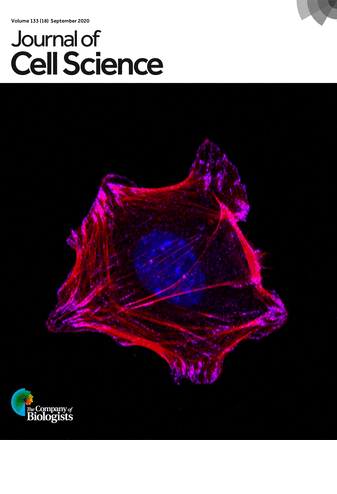Review J Cell Sci. 2020 Sep 28;133(18):jcs209742. doi: 10.1242/jcs.209742.
Tamás Matusek 1, Julien Marcetteau 1, Pascal P Thérond 2
Affiliations
1 Université Côte d’Azur, CNRS, INSERM, Institut de Biologie Valrose (iBV), Parc Valrose, 06108 Nice Cedex 2, France.
2 Université Côte d’Azur, CNRS, INSERM, Institut de Biologie Valrose (iBV), Parc Valrose, 06108 Nice Cedex 2, France therond@unice.fr.
Abstract
Secreted morphogens play a major role in the intercellular communication necessary for animal development. It was initially thought that, in order to organize tissue morphogenesis and control cell fate and proliferation, morphogens diffused freely in the extracellular space. This view has since changed following the discovery that morphogens of the Wnt and Hedgehog (Hh) families are modified by various lipid adducts during their biosynthesis, providing them with high affinity for the membrane bilayer. Recent work performed in model organisms suggests that Wnt and Hh proteins are carried on extracellular vesicles. In this Review, we provide our perspectives on the mechanisms of formation of Wnt- and Hh-containing extracellular vesicles, and discuss their functions during animal development, as well as in various human physiopathologies.
PMID: 32989011
DOI: 10.1242/jcs.209742

